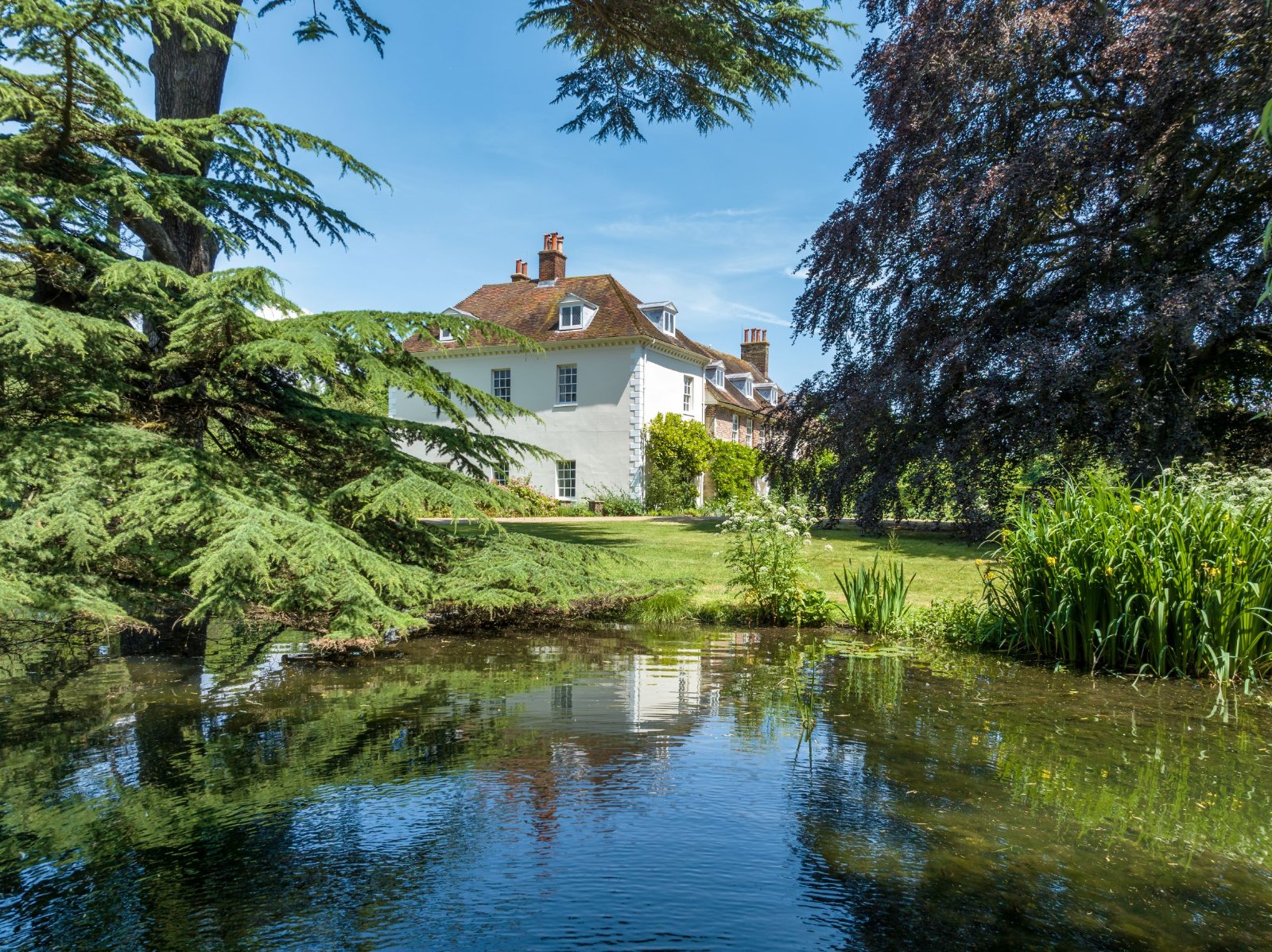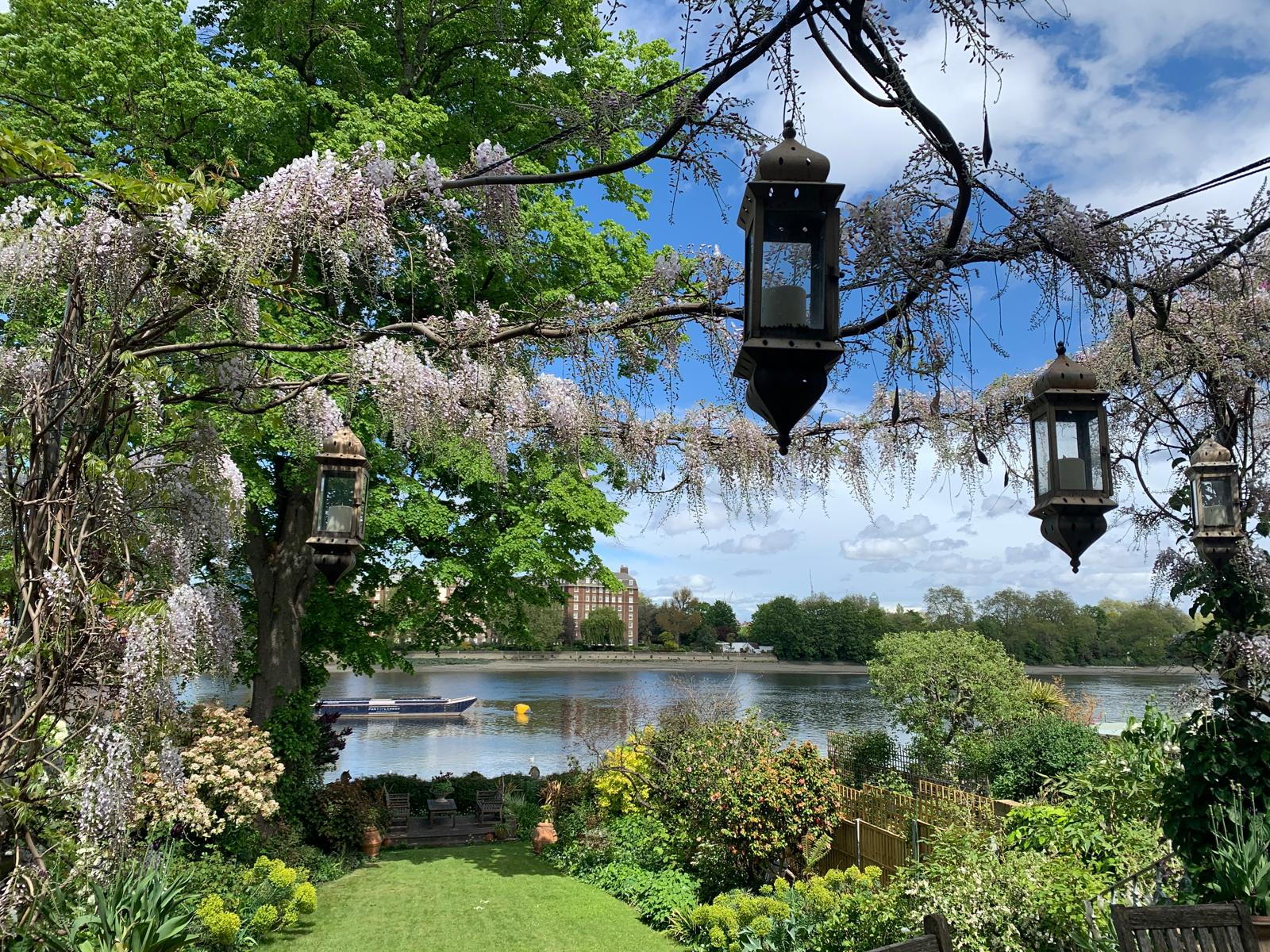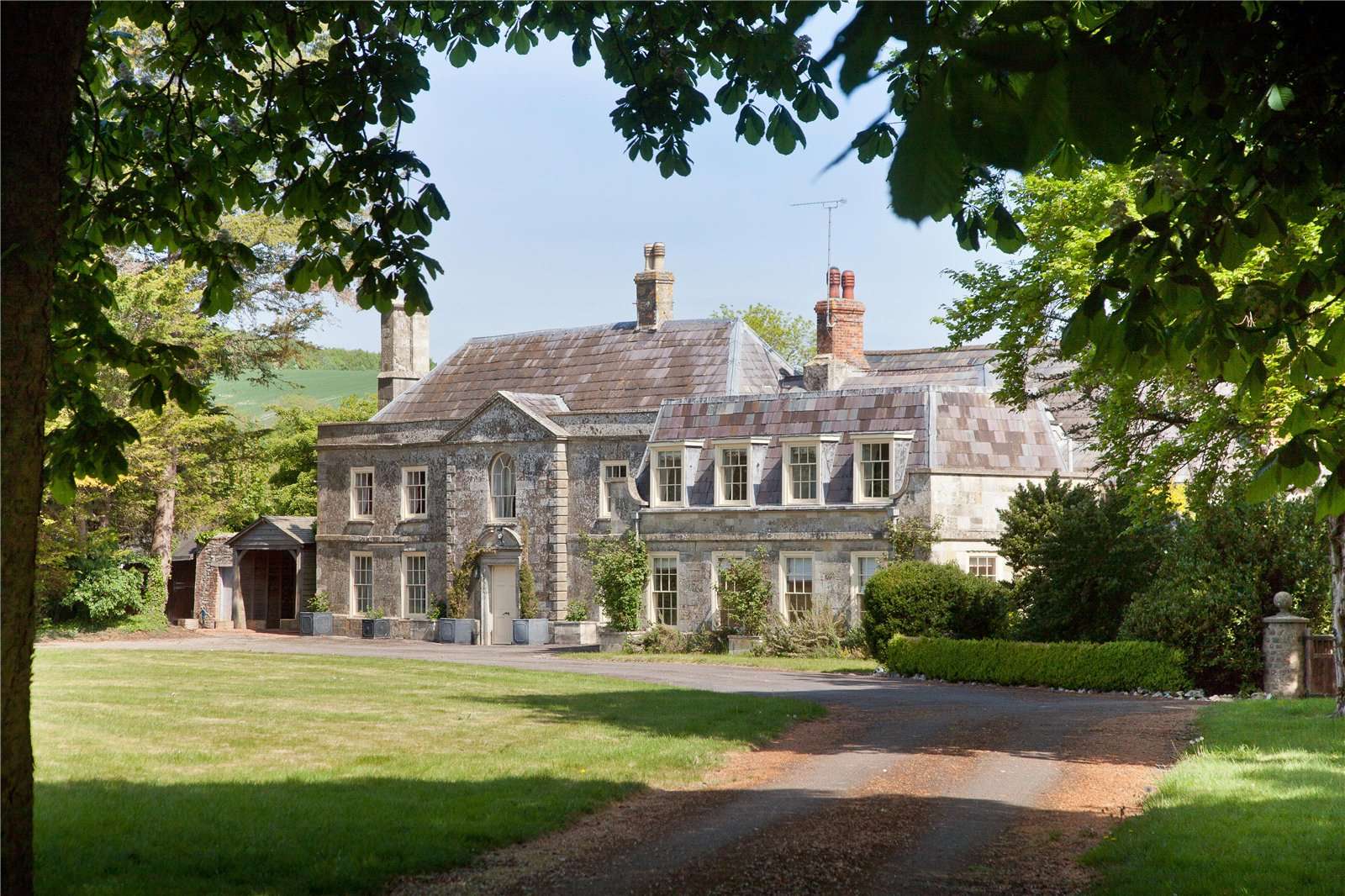Is the 'race for space' officially over?
During the lockdowns, many thought the countryside was the place to be. It seems many are now changing their minds.


Who can forget the nationwide lockdowns during Covid-19? The experience of being confined to our homes fuelled a surge in demand for countryside and coastal areas. We’ve all heard the tales of buyers going to extraordinary lengths to bag homes in beauty spots.
But according to Rightmove, the so-called 'race for space' has now firmly subsided.
Let’s take buyer demand. In March 2021, Cornwall overtook London as the most searched-for area on the property portal for the very first time. Meanwhile, the capital was falling out of favour: 47% of potential buyers in London were looking to stay, compared with 59% the year before.
But what a difference five years makes. London has now reclaimed its crown as the most searched-for location on Rightmove, and 58% of Londoners are planning to stay.
Not only that, homes in coastal areas are now taking three weeks longer to shift. The time it takes to find a buyer has increased from an average of 52 days in 2021, to 73 days this year. And in London, this timescale has edged up from 63 days in 2021, to 65 days this year.
Jamie Freeman, of Haringtons UK, points out that ‘things have shifted in the five years since the first lockdown’.
He explains: ‘We’ve seen a cost-of-living crisis, rising mortgage rates, and a steady return to office life, which has made living — or even just weekending — at the coast a lot less straightforward. Long commutes aren’t sustainable for many, and the cost of running two homes is a stretch in today’s climate. It’s perhaps no wonder that many are refocusing their attention on London.’
Exquisite houses, the beauty of Nature, and how to get the most from your life, straight to your inbox.

The 'hustle and bustle' of London. Missed by some, apparently.
For David Johnson, of property consultancy INHOUS, there has been a steady return of buyers and tenants to London, ‘many of whom realising that they miss the hustle and bustle as well as unmatched lifestyle choices of London’.
He adds: ‘Boosting demand for properties in London further right now is the stark return of overseas buyers and investors.’
So, what about house prices then? Well, you can probably guess the direction of travel. The average asking price for a home near the sea climbed by 4.5% during the first year of Covid-19. That’s nearly double the 2.7% yearly growth seen across Britain over the same period.
But this year, average annual asking prices have increased by 1% across coastal areas, in line with the rest of Britain.
Nigel Bishop, of Recoco Property Search, says: ‘Some Londoners who chose to move to the countryside discovered that it’s not a long-term lifestyle for them, while others now have to return to the office more frequently and therefore opt to sell up and move back to the city. These sellers are often in a rush to find a buyer, which has resulted in some asking price reductions.’
He adds that the introduction of higher taxes, including council tax increases on second homes, has ‘led to more second home owners selling up. This means buyers currently have a larger pool of properties to choose from, putting them in a stronger position during price negotiations’.
Despite these unwinding trends, Rightmove’s research suggests there’s still an emphasis on space. Over the last five years, average asking prices of semi-detached houses have risen the most (23%), while flats have seen the weakest growth (7%).
Geoff Wilford, of Wilfords London, believes that the lockdowns ‘sparked a collective re-evaluation of what a home should be’.
‘We want room to breathe, to move, to live more fully. It’s not just about having a home office anymore. It’s about having multiple zones that serve different parts of our lives. The result is a clear, sustained appetite for larger homes — not necessarily grander, but more generous, more functional, more adaptable,’ Wilford explains.
-
 The golden eagle: One of the Great British public's favourite birds of prey — but devilishly tricky to identify
The golden eagle: One of the Great British public's favourite birds of prey — but devilishly tricky to identifyWe are often so keen to encounter this animal that ambition overrides the accuracy of our observations, writes Mark Cocker.
By Mark Cocker Published
-
 When was the first ever Glastonbury festival? Country Life Quiz of the Day, June 26, 2025
When was the first ever Glastonbury festival? Country Life Quiz of the Day, June 26, 2025Thursday's quiz looks at a landmark date at Worthy Farm.
By Country Life Published
-
 826 years of history, painstaking restoration and 'a garden like no other' at this former National Trust house which has come to the market in Kent
826 years of history, painstaking restoration and 'a garden like no other' at this former National Trust house which has come to the market in KentA blooming property in Kent showcases the original garden of England. Penny Churchill takes a look.
By Penny Churchill Published
-
 A wisteria-clad delight with lawns running down to the Thames at the prettiest riverside home for sale in London today
A wisteria-clad delight with lawns running down to the Thames at the prettiest riverside home for sale in London todayDeodar Road, near Putney High Street, offers unrivalled views of the Thames and is characterful in excess.
By James Fisher Published
-
 Five of the most majestic properties for sale in Britain today, from a 1,700-acre estate to a private island, as seen in Country Life
Five of the most majestic properties for sale in Britain today, from a 1,700-acre estate to a private island, as seen in Country LifeOur look at the best homes to come to the market via Country Life this week includes some genuinely breathtaking places.
By Toby Keel Published
-
 Save me: A castle on the Isle of Wight designed by James Wyatt is up for sale
Save me: A castle on the Isle of Wight designed by James Wyatt is up for saleNorris Castle Estate also comes with 225 acres of gardens and grounds, and needs a little TLC
By James Fisher Published
-
 The 1,800-acre estate of the man who bought Stonehenge has come up for sale at £25 million
The 1,800-acre estate of the man who bought Stonehenge has come up for sale at £25 millionThe Bapton Manor Estate, in the beautiful Cranborne Chase National Landscape, seeks a new owner. Penny Churchill takes a look.
By Penny Churchill Published
-
 A meticulously restored Scottish estate for sale, dripping with history, character and wildlife
A meticulously restored Scottish estate for sale, dripping with history, character and wildlifeThe Craigengillan Estate in Ayrshire sits in 2,850 acres above the valley of the River Doon.
By Penny Churchill Published
-
 Sir Michael Caine's former home on the Thames is a testament to idyllic living and good taste
Sir Michael Caine's former home on the Thames is a testament to idyllic living and good tasteAt Rectory Farm House, luxury and modern convenience blend seamlessly with rural England. Is this the house that Jaws 4 built?
By James Fisher Published
-
 White sand beaches, smuggler's coves, teeming wildlife and a ruined castle in a Scottish island that's on the market for the first time in almost a century
White sand beaches, smuggler's coves, teeming wildlife and a ruined castle in a Scottish island that's on the market for the first time in almost a centuryJust off the west coast of Scotland lies Shuna Island, a true playground of open spaces, natural beauty, wildlife, beaches and — yes — a castle. And it's looking for a new owner.
By Toby Keel Last updated

